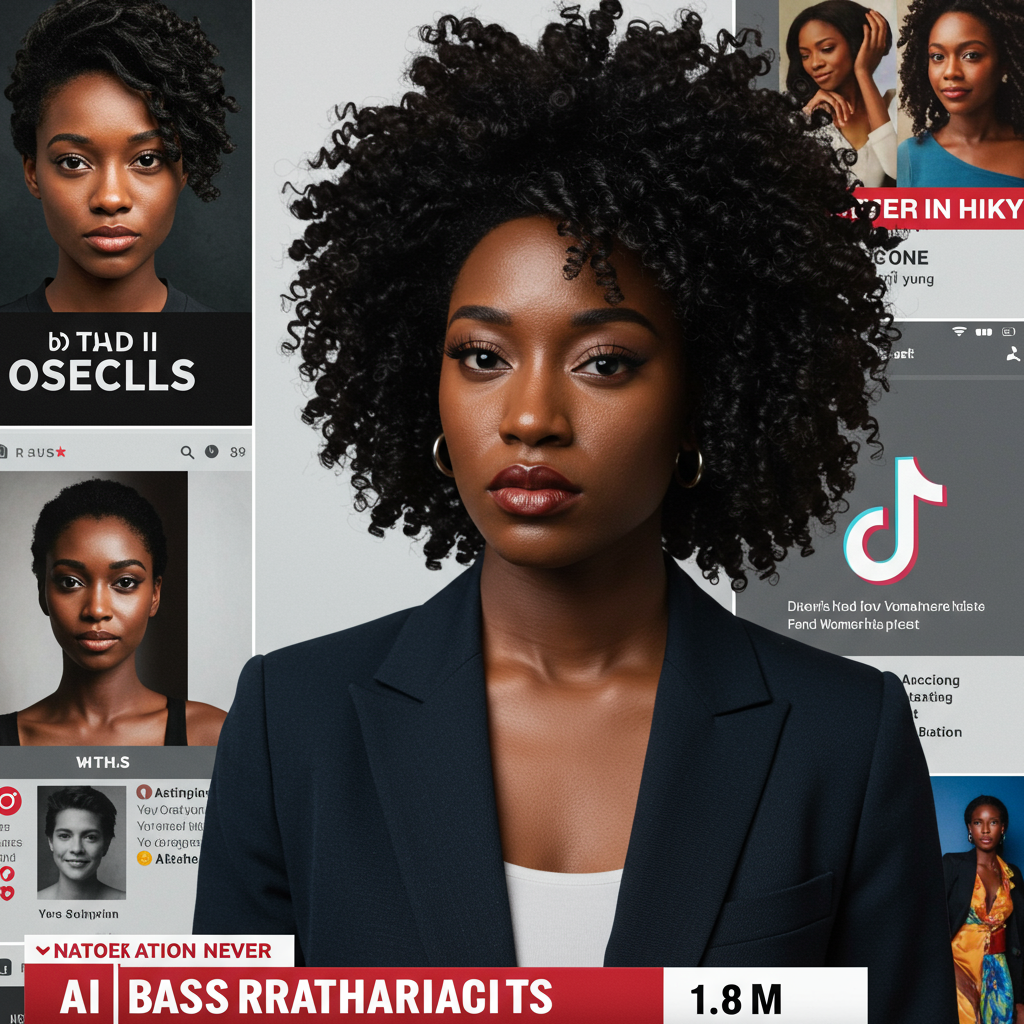The digital creative world is buzzing with a groundbreaking development: Google’s “Nano Banana” AI image editing tool is no longer a mystery. Officially named Gemini 2.5 Flash Image, this advanced AI is now integrated into the Gemini app, promising to revolutionize how we interact with digital photos. After generating significant viral excitement and earning top ratings on the LMArena leaderboards, Google DeepMind has confirmed its powerful new model is accessible to everyone, fundamentally transforming the landscape of AI-driven visual content.
This game-changing release signifies Google’s ambitious stride to lead in artificial intelligence. It addresses long-standing challenges in AI image manipulation, particularly in maintaining subject authenticity during complex edits. For users, it means unparalleled control over their images, offering “pro-level Photoshop edits in seconds, with only text” – a new era of sophisticated, intelligent filters at their fingertips.
Understanding Gemini 2.5 Flash Image: The Nano Banana Breakthrough
The “Nano Banana” codename, now known as Gemini 2.5 Flash Image, represents a significant leap in Google AI image editing. Developed by Google DeepMind, this model has quickly climbed to the top of industry benchmarks, captivating early testers with its precision and versatility. Launched publicly on August 26, 2025, it democratizes advanced photo editing, making it available to both free and paid Gemini users via the web and mobile apps.
How This Gemini AI Image Editor Works
At its core, Gemini 2.5 Flash Image leverages sophisticated artificial intelligence to understand and execute natural language prompts. Users simply describe their desired changes, and the AI goes to work. This model builds upon Gemini 2.5 Flash, offering more choice and accuracy for creative projects.
A key breakthrough is its ability to meticulously preserve the “essence” of a subject. Whether it’s a person, a pet, or an object, Gemini 2.5 Flash Image ensures that core features remain consistent, even through drastic transformations. This capability overcomes a common pitfall of earlier AI image generators where subjects could lose their likeness when altered. David Sharon and Nicole Brichtova from Google highlighted this focus on authenticity, noting that “subtle flaws matter” in making photos “look consistently like themselves.”
Unlocking Advanced AI Photo Manipulation Capabilities
The new Gemini AI image editor isn’t just about simple tweaks. It introduces a suite of advanced features designed to offer unprecedented creative control:
Subject Transformation: Easily change clothing, add accessories, or alter a subject’s entire background and location. The AI maintains the individual’s core appearance, allowing for outfit changes without distorting facial features or body type. Imagine transforming a photo of a friend into a medieval knight or a dog into a superhero, all while retaining their original likeness.
Image Blending: Combine elements from two distinct images into a new, cohesive picture. This functionality mirrors Google’s “Add Me” feature, previously seen on Pixel phones. For example, merge a solo shot of a person and a solo shot of a pet to create a new image of them cuddling together.
Multi-Turn Edits: Perform iterative editing, refining elements of a single photo through successive prompts. This enables granular adjustments, like adding furniture to a room piece by piece or tweaking background elements until perfection is achieved, all while maintaining scene consistency.
Style Transfer: Extract specific elements, such as a color palette or texture from one image, and apply it seamlessly to another. Envision transforming a pair of boots with the vibrant texture and color of flower petals.
These powerful tools offer creative professionals and everyday users the ability to perform complex AI photo manipulation that previously required hours of work with specialized software.
Addressing Generative AI’s Core Challenges: Consistency and Control
Generative AI has excelled at creating entirely new images from scratch, but the editing stage has often proven elusive. Particularly when making changes to photos of real people, earlier models struggled with consistency, leading to distorted features or unrealistic results. The viral buzz around “Nano Banana” stemmed precisely from its impressive accuracy in following “complex, multistep instructions” and maintaining character likeness.
Google states that this update significantly enhances character and scene consistency. It’s designed to ensure subjects like friends, family, and pets maintain their likeness even when undergoing significant stylistic changes—like giving a chihuahua a tutu or a person a 60s beehive haircut. This focus directly counters the “slight AI-generated image tweaks” that would inadvertently alter a subject’s face or other critical features in previous models.
Google’s Strategic Edge in the AI Landscape
The release of Gemini 2.5 Flash Image positions Google squarely in a competitive and rapidly evolving AI market. Rivals like OpenAI, with its capable image generator integrated into ChatGPT, Alibaba’s Qwen-Image Edit, and industry veteran Adobe with its Firefly model in Photoshop, are all vying for leadership. However, Google’s approach with Gemini 2.5 Flash Image offers distinct advantages:
Accessibility: Making such advanced capabilities available to all Gemini users, both free and paid, broadens its reach significantly.
Deep Integration: The model will also be integrated into the Gemini API, Google AI Studio, and Vertex AI, allowing developers and enterprises to leverage its power within their own applications and workflows. This means enterprises can fix images or graphs directly within the chat platform, streamlining operations without switching between apps.
Consistency-First Design: By prioritizing the preservation of subject “essence” and multi-turn consistency, Google addresses a critical pain point that other models are still perfecting. This attention to detail resonates deeply with user expectations for realistic and believable edits.
Navigating Ethical Considerations and Ensuring Authenticity
With such powerful AI photo manipulation tools comes the increased risk of misuse, particularly in creating deepfakes and spreading misinformation. Google has proactively addressed these concerns by implementing robust safety features:
Visible AI Watermark: All images created or edited within the Gemini app will feature a visible “AI” label, clearly indicating their artificial intelligence origin.
- Invisible SynthID Digital Watermark: Every generated or edited photo will also include an invisible SynthID digital watermark. This embedded metadata serves as an inherent, tamper-resistant indicator that the content was produced using AI, enhancing transparency and aiding in the identification of AI-modified content.
- www.zdnet.com
- www.bgr.com
- venturebeat.com
- patmcguinness.substack.com
- techcrunch.com
These measures underscore Google’s commitment to responsible AI development, aiming to mitigate potential harm while empowering users with creative freedom.
Frequently Asked Questions
What is Gemini 2.5 Flash Image, and how can I access it?
Gemini 2.5 Flash Image, previously known by its codename “Nano Banana,” is Google DeepMind’s advanced AI model for image generation and editing. It has achieved top ratings on LMArena for its capabilities. You can access it through the Gemini app, both on the web and mobile, and it’s available to both free and paid Gemini users. Its public rollout began on August 26, 2025, and it will also be integrated into the Gemini API, Google AI Studio, and Vertex AI for broader use.
What makes Google’s Gemini AI image editing unique compared to other AI tools?
The key differentiator for Gemini 2.5 Flash Image lies in its unparalleled ability to maintain the “essence” or core identity of a subject, whether it’s a person or a pet, even through complex multi-step transformations. Unlike many other AI tools that can distort features during edits, Gemini ensures subjects consistently look like themselves. It also excels in multi-turn editing, image blending, and style transfer, offering “pro-level Photoshop edits in seconds” simply through natural language prompts.
How does Google address the risks of deepfakes and misinformation with this powerful AI photo manipulation tool?
Google has implemented two critical safety features to combat the potential for misuse. Firstly, all images created or edited using Gemini 2.5 Flash Image within the Gemini app will feature a visible “AI” watermark, clearly signaling their AI origin. Secondly, every generated photo will also contain an invisible SynthID digital watermark. This robust, tamper-resistant digital fingerprint serves as an inherent indicator that the content was produced using AI, enhancing transparency and helping to prevent malicious activities.
The Future of Creativity with Google AI
The launch of Gemini 2.5 Flash Image marks a pivotal moment for Google AI image editing. By bringing such powerful and precise tools to a wide audience, Google is not just competing in the AI race; it’s defining new standards for what’s possible in digital creativity. From seamlessly changing a person’s outfit to blending two separate images into a single, cohesive scene, the capabilities empower users in unprecedented ways. As AI continues to evolve, tools like Gemini 2.5 Flash Image will undoubtedly inspire new forms of artistic expression and practical application, all while striving for responsible and ethical integration into our digital lives.



